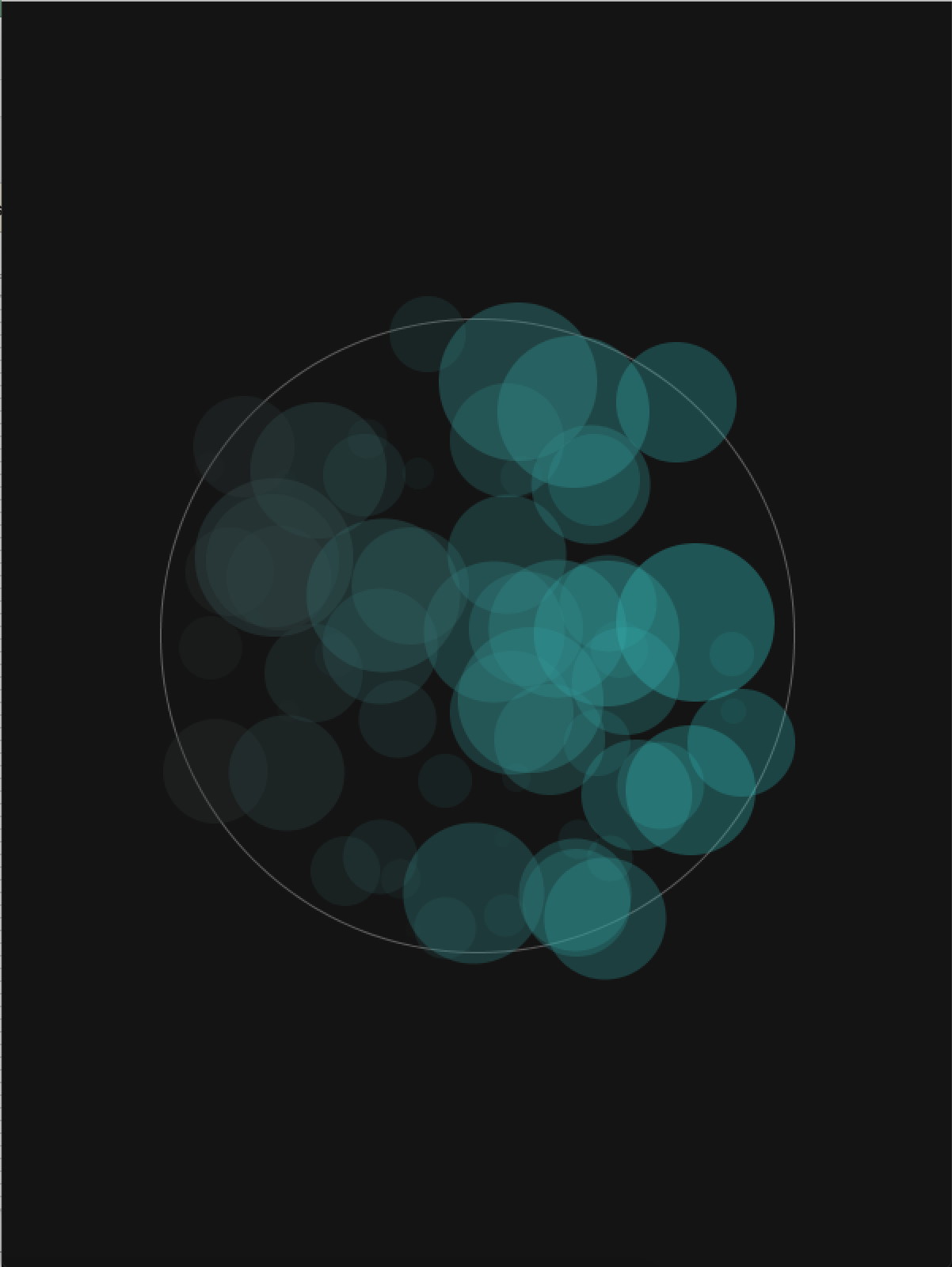One compelling idea, amongst many, stood out to me in today’s readings. The idea that digitization restructures the capitalist nature of artistic production. It’s written that “The old business saying is that ‘time is money, ‘ but what’s amazing about the modern Internet is how many people are willing to devote their time to producing online content without seeking any money in return”.
In an ever growing society, and subsequently, an expanding database of knowledge, one must consider the worth of their work. Often, as creative people, we are placed at the lower end of capital, because of monetary desire. Physical money or work to be exchanged for money become the centre of the conversation of production. What makes me happy about the process of digitization, is that people need a more sustainable resolve for producing work outside of monetary value. With the volatility of the art market, and the whims of large financial powers, the monetary value of what we produce is unstable, but the impact of work on people, their thinking, and being, transcend this instability.
Here is my data visualization for this week.
It takes a list of three values and uses them to create the x-position, y-position, and diameter of a series of circles.
//DataVisualization_Nisala
int data[];
String things[];
int radius = 200;
void setup() {
size(600, 800);
things = loadStrings("data.csv");
// This array has one element because the file only has one line.
println(things.length);
// Convert String into an array of integers using ',' as a delimiter
//string array is returned, which we cast to an int array
//println(data.length);
noStroke();
//noLoop();
}
void draw() {
background(20);
noStroke();
strokeWeight(1);
stroke(255,80);
noFill();
ellipse(width/2, height/2, 400, 400);
for (int i =0; i<things.length; i++) {
data = int(split(things[i], ',' ));
float distance= dist(width/2, height/2, data[0], data[1]);
if (distance<radius) {
float c = map (data[0], 0, 600, 0, 255);
noStroke();
fill (50, c, c, data[2]);
ellipse(data[0], data[1], data[2], data[2]);
}
}
}
